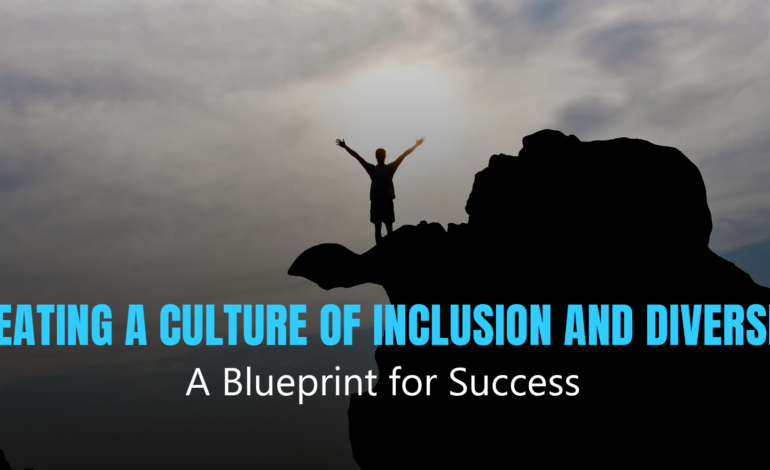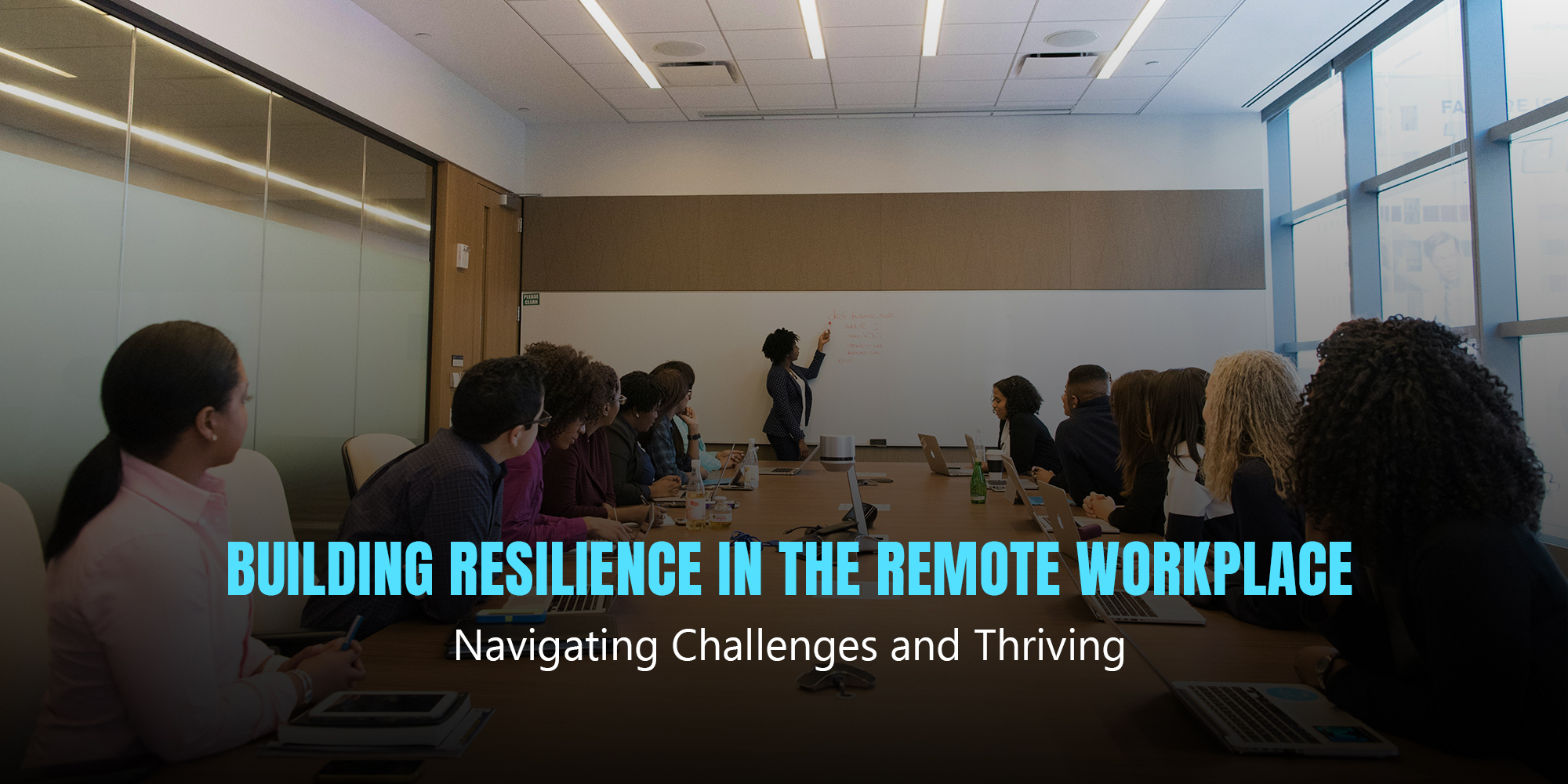
Introduction
In today’s interconnected world, diversity and inclusion are no longer buzzwords; they’re business imperatives. Organizations that foster a culture where everyone feels valued, respected, and empowered to contribute their unique perspectives are poised for greater innovation, productivity, and overall success.
Understanding the Why: The Business Case for Diversity and Inclusion
Beyond the ethical imperative, diversity and inclusion make sound business sense. Teams comprised of individuals with diverse backgrounds, experiences, and perspectives offer a wider range of problem-solving approaches, leading to more innovative solutions. Additionally, a diverse and inclusive workplace attracts and retains top talent, fostering a positive employer brand.
Building the Foundation: Creating an Inclusive Environment
Building a truly inclusive culture requires a multifaceted approach. Here are some key strategies to get you started:
- Unconscious Bias Training: Educate your team about unconscious bias and its impact on decision-making. This awareness is the first step towards creating a more equitable environment.
- Diverse Hiring Practices: Review your recruitment process to ensure it’s inclusive and attracts a diverse pool of candidates. Implement blind resume reviews to eliminate bias based on name or gender.
- Mentorship and Sponsorship: Pair diverse employees with experienced mentors and sponsors to provide guidance, support, and opportunities for growth.
- Employee Resource Groups (ERGs): Establish ERGs to create a sense of belonging for employees from different backgrounds. These groups can provide support, networking opportunities, and a platform for sharing experiences.
Fostering a Culture of Belonging: Beyond Diversity
Diversity is about representation, but inclusion is about making everyone feel like they belong. Here’s how to create a truly inclusive workplace:
- Open Communication: Encourage open dialogue about diversity and inclusion. Create safe spaces for employees to share their experiences and perspectives.
- Inclusive Language: Promote the use of inclusive language that avoids stereotypes and generalizations. This small step can make a significant difference in creating a welcoming environment.
- Flexible Work Arrangements: Consider offering flexible work options to accommodate the needs of employees with diverse backgrounds and responsibilities.
- Celebrate Differences: Highlight the unique contributions of individuals from different backgrounds and cultures. This reinforces the value of diversity and fosters a sense of belonging.
Measuring Progress and Accountability
To ensure your diversity and inclusion initiatives are effective, track key metrics such as employee satisfaction, turnover rates, and representation at different levels of the organization. This data will help you identify areas for improvement and measure the impact of your efforts.
Conclusion: A Journey Towards a More Inclusive Future
Building a truly inclusive and diverse workplace is an ongoing journey, not a destination. It requires commitment, effort, and a willingness to learn and grow. By embracing diversity and fostering a culture of inclusion, you not only enhance your company’s reputation but also unlock the full potential of your workforce. Remember, diversity is a fact, but inclusion is a choice. Choose to create a workplace where everyone feels valued, respected, and empowered to succeed.









